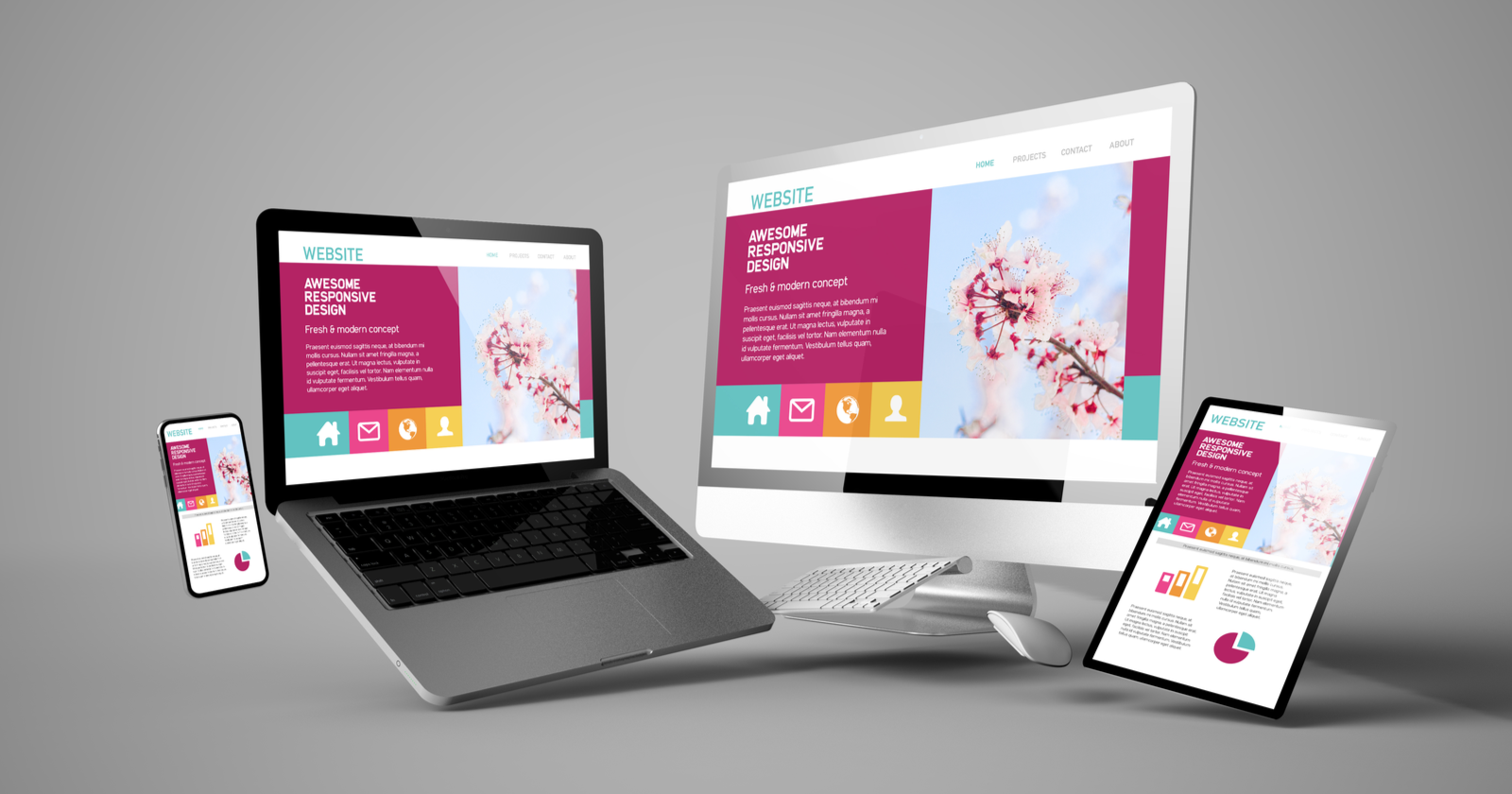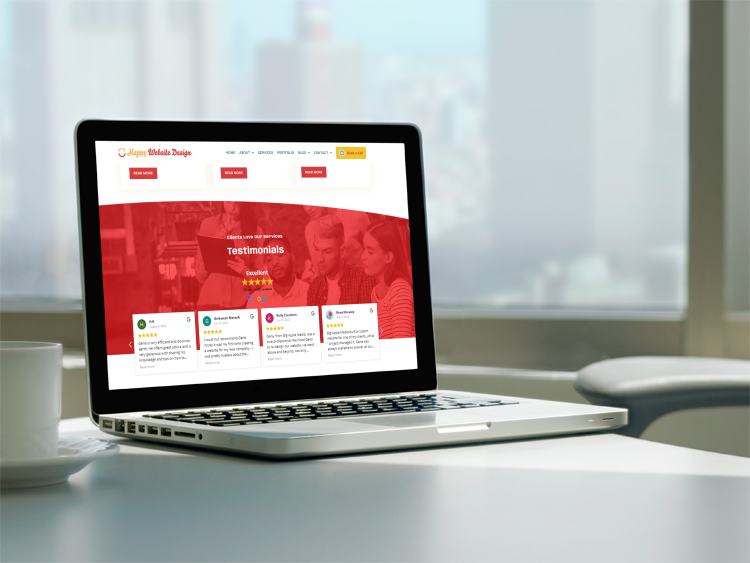Why Holistic Web Design Is the Key to a Seamless Customer Experience
In today's digital landscape, the relevance of alternative web design can not be overemphasized, as it elaborately weaves with each other appearances, use, and functionality to develop a seamless customer experience. By adopting a thorough method that focuses on customer demands and leverages responses, developers can boost the overall communication with their systems. This critical alignment not only fosters higher user contentment but also has far-reaching effects for brand perception and loyalty. The trip to attaining this level of assimilation involves several critical considerations that warrant further expedition.
Recognizing All Natural Website Design

Incorporating customer feedback and behavior data is vital in holistic website design. This iterative process helps developers to recognize discomfort points and locations for improvement, guaranteeing that the end product reverberates with customers. Holistic layout stresses the importance of availability, making certain that all customers, no matter of their capabilities, can navigate and engage with the site effectively.
In addition, the combination of receptive style concepts is essential in suiting different devices and display sizes, additionally improving the user experience. By understanding the interconnectedness of these components, designers can develop websites that not just draw in however also retain users, eventually driving engagement and conversions. Alternative website design is, as a result, a calculated method that fosters a significant partnership in between users and digital rooms, leading the way for sustainable on-line success.
Key Aspects of Holistic Style

An additional vital component is uniformity in aesthetic and functional elements across the web site. This involves preserving a natural shade palette, typography, and format, which assists users navigate the site without effort - happy web design. Additionally, responsive layout is necessary, making certain that the site executes optimally throughout different tools and screen sizes
Access is likewise an important element of all natural layout. By adhering to availability requirements, designers can create inclusive experiences that satisfy varied customer teams, including those with handicaps. In addition, the assimilation of content approach makes sure that valuable information is offered plainly and succinctly, boosting comprehension and involvement.
Finally, reliable cooperation amongst design, development, and advertising groups fosters a unified vision that lines up with business objectives. By focusing on these crucial components, alternative website design can supply an improving user experience that is both appealing and useful.
Advantages of a Smooth Experience
Creating a smooth user experience provides countless benefits that substantially boost total complete satisfaction and involvement. At its core, a smooth experience promotes a feeling of ease and intuitiveness, enabling users to browse a web site or application effortlessly. This decrease in rubbing not only raises the probability of customers returning yet additionally boosts their willingness to advise the platform to others.
Moreover, a smooth experience brings about improved conversion rates. When customers find what they need with very little initiative, they are a lot more inclined to complete desired activities, such as buying or enrolling in an e-newsletter. This efficiency translates into higher consumer retention, as pleased individuals are more probable to become dedicated advocates for the brand name.
Additionally, a cohesive and seamless interface decreases cognitive load, allowing users to focus on content instead than battling with navigating or design incongruities. This clearness not only improves user fulfillment yet also strengthens brand name reputation. Eventually, focusing on a seamless individual experience results in a competitive benefit, as organizations that spend in this element are better placed to satisfy the evolving expectations of their audience and drive long-term success.
Implementing Alternative Methods
To achieve a truly seamless user experience, companies need to take on all natural techniques that take into consideration every facet of design and performance. This method starts with a merged vision that aligns group members across numerous techniques, including UX/UI layout, material development, and technical implementation. Efficient collaboration cultivates a shared understanding of customer requirements and objectives, permitting even more meaningful design options.
Next, it is vital to develop user personalities and journey maps that reflect the varied demographics and habits of the target audience. By feeling sorry for users' point of views, organizations can anticipate challenges and streamline communications throughout the electronic experience.

In addition, regular branding and messaging must penetrate every touchpoint, making sure an identifiable and trustworthy existence that enhances user engagement. Integrating receptive layout principles is also crucial, as individuals currently communicate with web content throughout multiple devices.
Additionally, organizations need to focus on ease of access, ensuring that all customers, despite capability, can browse and take advantage of their digital offerings. By embedding these all natural techniques right into the style procedure, organizations can produce a cohesive and satisfying user experience that promotes satisfaction and commitment.
Measuring User Experience Success
While attaining an all natural method to website design is essential, measuring user experience success is just as essential to guarantee that layout methods effectively satisfy user demands. This needs a combination of qualitative and quantitative metrics to gain a thorough understanding of user communications and satisfaction levels.
Secret performance indications (KPIs) such as user involvement, conversion prices, and bounce rates supply valuable measurable understandings. A high conversion price may show that users discover the layout user-friendly and compelling. Alternatively, elevated bounce prices can signal that customers are dissatisfied or overwhelmed, demanding a reevaluation of the design aspects.
Qualitative measures, including customer responses, surveys, and use testing, are important for acquiring deeper insights into the customer experience. Evaluating user remarks can expose discomfort points and locations for enhancement, while usability tests allow designers to observe real-time interactions and determine barriers individuals encounter.
Inevitably, the combination of these measurement techniques permits continual refinement of web layout, ensuring it continues to be user-centered and efficient in supplying a smooth experience (happy web design). Regularly revisiting these happy web design metrics will certainly allow designers to adapt to progressing individual needs and choices, solidifying the total success of an alternative website design technique
Final Thought
In conclusion, all natural web design emerges as a basic strategy to accomplishing a seamless individual experience. By incorporating appearances, capability, and functionality, this layout ideology addresses diverse individual requirements and preferences.